Nara Guide Volunteers
Welcome to Nara Guide Volunteers,
a non-profit website for visitors to Ancient Nara!
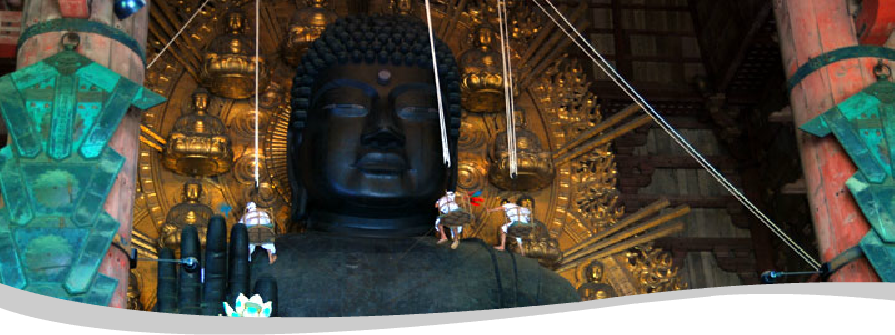
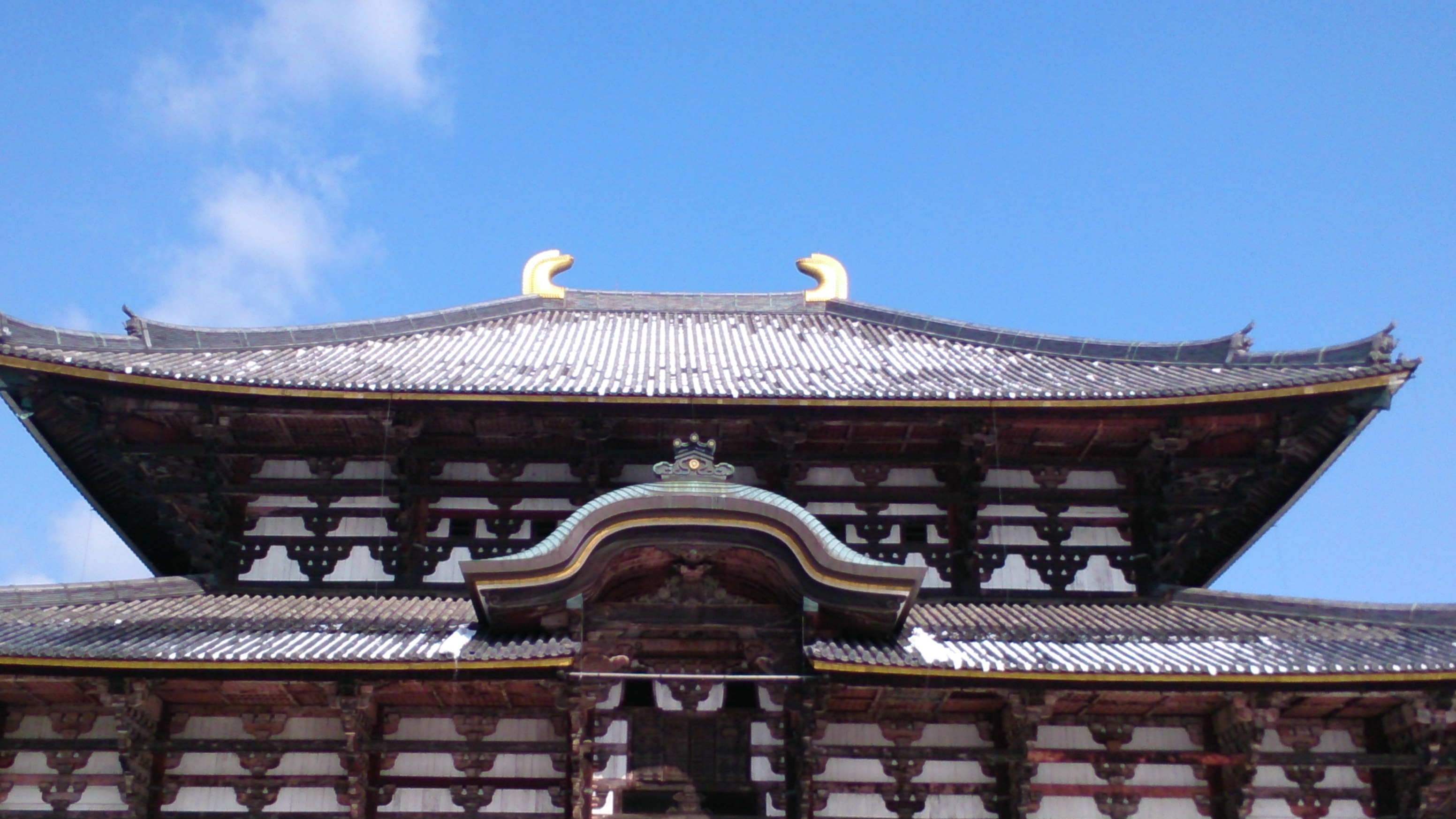
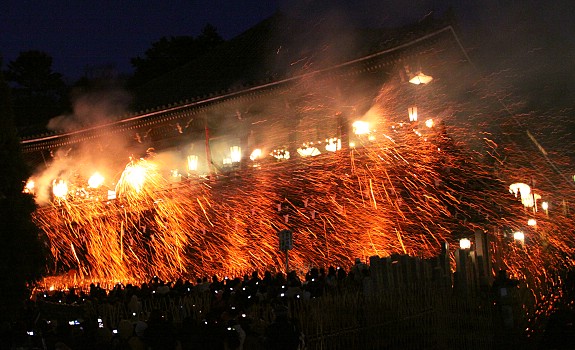
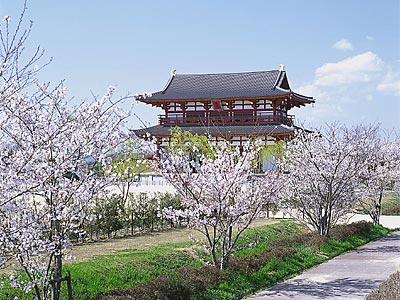
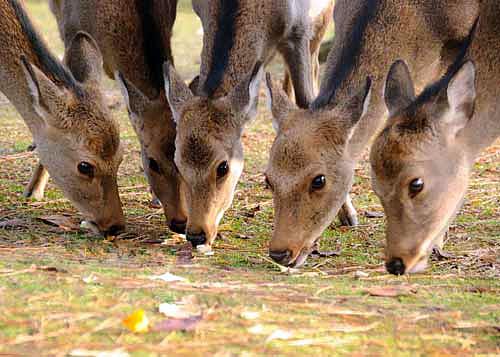
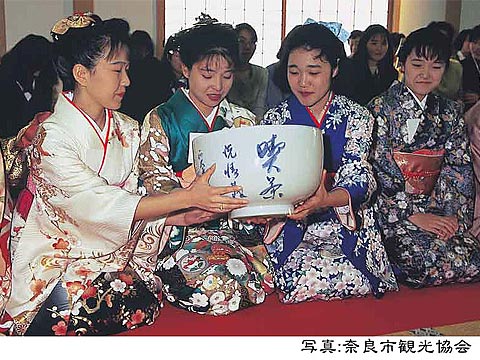
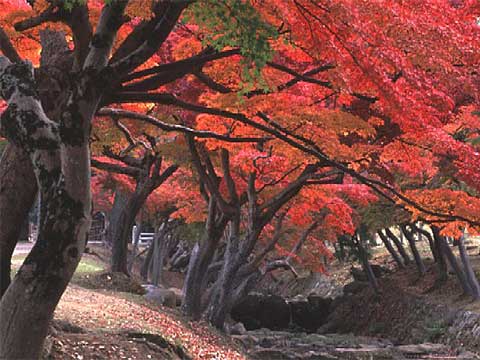
Ancient Nara
Nara Period (710 - 784)
In the year 710, the first permanent Japanese capital was established in Nara, a city modelled after the Chinese capital. Large Buddhist monasteries were built in the new capital. The monasteries quickly gained such strong political influence that, in order to protect the position of the emperor and central government, the capital was moved to Nagaoka in 784, and finally to Heian (Kyoto) in 794 where it would remain for over one thousand years.
One characteristic of the Nara and Heian periods is a gradual decline of Chinese influence which, nevertheless, remained strong. Many of the imported ideas were gradually "Japanized". In order to meet particular Japanese needs, several governmental offices were established in addition to the government system which was copied after the Chinese model, for example. In the arts too, native Japanese movements became increasingly popular. The development of the Kana syllables made the creation of actual Japanese literature possible. Several new Buddhist sects that were imported from China during the Heian period, were also "Japanized". (Cited from japan-guide.com)
During most of the Nara Period (710-794), Nara served as the capital of Japan and was known as Heijo-kyo. The Heijo Palace extended about one kilometer wide and one kilometer long and served as the site of the emperor's residence and the government offices. For its great historical and cultural importance, the palace site is included as one of the UNESCO World Heritage Sites of Nara.
Although the palace once stood as the majestic center of the ancient capital, all of its buildings were eventually lost with the exception of a single hall that now stands at Toshodaiji Temple. When the capital was moved away from Heijo-kyo in 784, Heijo Palace and a large part of the city were abandoned as people flocked to the new capital. The temples on the outskirts of the former capital, however, retained their importance, and the city of Nara eventually resumed its growth around these temples, while the palace grounds were used for nothing but rice fields. (Cited from japan-guide.com)
The Famous Ancient Temples and Shrines of Nara Reflect the Everlasting History of Japan.
Nara was the glorious capital, "like a fragrant flower in full bloom,"
as an ancient poet once described it. Nara was the cradle of the great
Japanese arts and the essence of culture in the long-ago Tempyo Period.
The old, world-famous temples and shrines of the province of Yamato (presently
Nara Prefecture) have handed down to us their precious history. Among others,
the cathedrals of Todaiji, Kofukuji, Yakushiji, Toshodaiji and the Kasuga
Grand Shrine are settings where one can encounter the rich, elegant ambience
of the Tempyo Culture. As you go through the corridors, and glance at the
tiled roofs of these cathedrals, the Tempyo Culture will make you forget
all about time and space, and will whisper to you about the old days of
well over a thousand years as though they were yesterday.
Nara is
perhaps
Japan's friendliest and greenest city. The quiet
town sits on the edge of a sprawling park providing a picture perfect backdrop
for the magnificent temples and shrines. (Cited from insidejapantours.com)
As the first capital of Japan, 2010 marked the year of Nara's 1300th
anniversary. Directly bordering the Kyoto Prefecture, Nara's rich Japanese
history is a major attraction for visitors. As home to some of the country's most treasured shrines, temples, and
ruins, Nara is not to be missed. (Cited from Japan Endless
Discovery)
Founded in 710, Nara then known as Heijyo-kyo (citadel of peace),
became one of Asia's most splendid cities in its 74 year spell as Japan's first
permanent capital. Avidly absorbing ideas from mainland Asia, the city became
the grand diocese of Buddhism and the far eastern destination of the Silk Road.
Miraculously, many buildings have survived. With its wooded hills, temple
parks, and some of the world's oldest wooden buildings, this ancient city remains a symbol
of tranquility. (Cited from Japan in Eyewitness Travel, 2011)